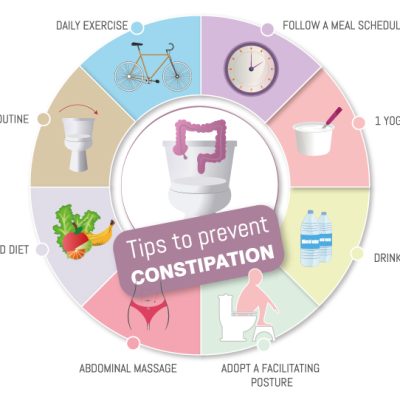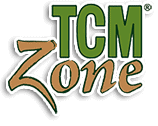A Case study: Dr. Ding’s Acupuncture Therapy for Chronic Constipation – Application on Brain-Gut Axis
With constant advances in technology, science and medicine, the pace of life also advances and our health issues are often pushed aside until they become part of our lives. Here is a story of one patient, an accomplished 66-year-
Yet, despite the use of laxatives, she still had difficulty and at times needed to use her fingers to assist with elimination. She would experience small but frequent bowel movements that would liquefy due to all the laxatives and sometimes forcing her to wear a pad to avoid accidents. Both physically and emotionally this was taking a toll on her life, leading to feelings of helplessness.
Having tried everything conventional medicine had to offer her including medications and lifestyle adjustments, none of which helped her quality of life. Just when she was about to give up, she learned about Traditional Chinese Medicine and thought she would give that a try.
Outlined below is her diagnosis and treatment plan:
- Chinese Medicine Diagnosis– liver-spleen disharmony and deficiency of both qi and yin.
- Treatment Plan– regulate the patient’s long standing gastric, intestinal, and pelvic floor symptoms on 3 levels; the central nervous system, sympathetic and parasympathetic nervous systems, and enteric nervous system.
- Point Prescription Group #1– Du20, Du29, ST 25 (with needles inserted into the peritoneum and connected to electrical stimulation at 2Hz, continuous for 20 minutes) SP15, SP14, LR 13, ST36, SP6
- Point Prescription Group #2– BL18, BL20, BL25, BL32, BL33 (Puncture with a 0.30 x 75 mm needle from the posterior sacral foramen to the anterior sacral foramen and electrical stimulation at 2Hz continuous wave stimulation for 20 minutes)
- Treatment Frequency– treatment was 1x per week with both groups of points treated each time for total 20
- Herbal Prescription– Chai Hu Shu Gan San & Sha Shen Mai Men Dong Tang granules combined and taken 2x per day at 2g per dose.
After 4 weeks of treatment, the patient experienced significant improvement in her bowel function such that she did not need to rely on laxatives or manual assistance for elimination. She was able to return to normal functioning in her life, reinforcing the value of integrating traditional Chinese acupuncture in modern medicine.
Dr. Shuqing Ding, L.Ac., Ph.D., is a licensed acupuncturist and Traditional Chinese Medicine practitioner in Minnesota. She served as Associate Chief of Colorectal Surgery at the National Center for Traditional Chinese Medicine Hospital in Nanjing, China for over 20 years, leading the Integrative Pelvic Floor Center. Her research includes postdoctoral studies at the University of Minnesota and the Cleveland Clinic, specializing in pelvic floor health. Currently, she is a clinical supervisor at Northwestern Health Sciences University (NWHSU) and an active member of the American Society of Colon and Rectal Surgeons. Dr. Ding is also pursuing a Master’s degree in Integrative Health Administration at NWHSU.

